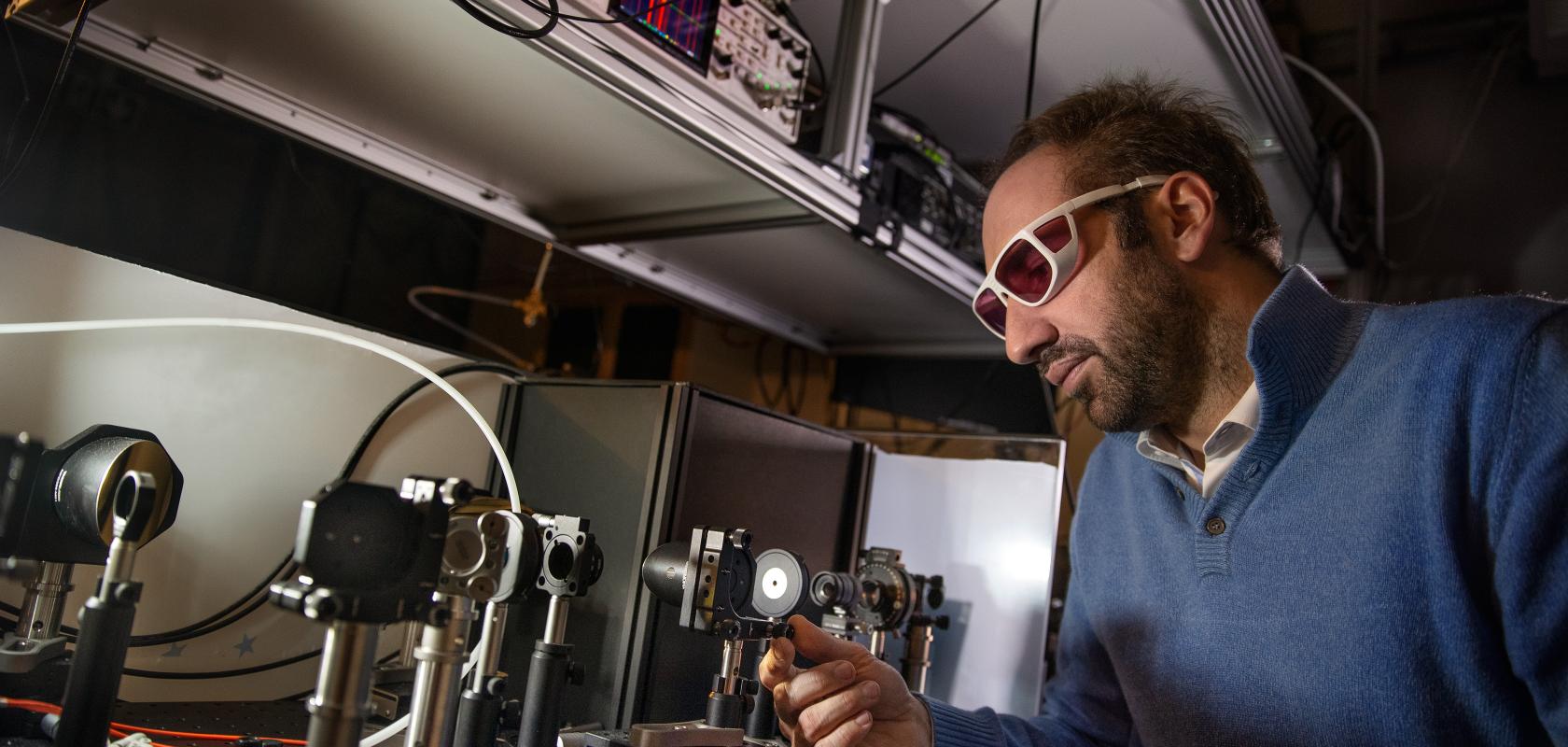A new method of using lasers to induce quantum behaviour at room temperature – and make non-magnetic materials magnetic – could lead to more energy-efficient computers, information transfer and data storage, according to researchers.
Quantum technology harnesses the principles of quantum mechanics to develop revolutionary applications in computing, communication, and sensing. Superconductivity, a phenomenon observed in certain materials when they are cooled to extremely low temperatures, is a crucial component in many quantum technologies. At these frigid temperatures, typically near absolute zero, materials lose all electrical resistance and exhibit remarkable quantum properties, enabling, for example, the creation of superconducting qubits for quantum computing and ultra-sensitive detectors for quantum sensing. The need for such cold temperatures arises because they suppress thermal noise and maintain the delicate quantum states required for these technologies to function accurately and reliably.
However, in a study published in Nature, a research team from Stockholm University and the Nordic Institute of Theoretical Physics (NORDITA) in Sweden, the University of Connecticut and the SLAC National Accelerator Laboratory in USA, the National Institute for Materials Science in Tsukuba, Japan, the Elettra-Sincrotrone Trieste, the ‘Sapienza’ University of Rome and the Ca’ Foscari University of Venice in Italy, has demonstrated how short but intense laser beams, of a particular wavelength and polarisation, induced magnetism in the quantum material strontium titanate.
Research leader Stefano Bonetti, of Stockholm University and the Ca’ Foscari University of Venice, said: “The innovation in this method lies in the concept of letting light move atoms and electrons in this material in circular motion, so to generate currents that make it as magnetic as a refrigerator magnet. We have been able to do so by developing a new light source in the far-infrared with a polarisation which has a 'corkscrew' shape.
"This is the first time we have been able to induce and clearly see how the material becomes magnetic at room temperature in an experiment. Furthermore, our approach allows [us] to make magnetic materials out of many insulators, when magnets are typically made of metals. In the long run, this opens completely new applications in society.”
The experiment appear to confirm the theory of 'dynamic multiferroicity', which predicts that when titanium atoms are 'stirred' with circularly polarised light in an oxide based on titanium and strontium, a magnetic field will be formed. The discovery has potential applications in several information technologies.
“This opens up for ultra-fast magnetic switches that can be used for faster information transfer and considerably better data storage, and for computers that are significantly faster and more energy-efficient,” said Alexander Balatsky, professor of physics at NORDITA.


